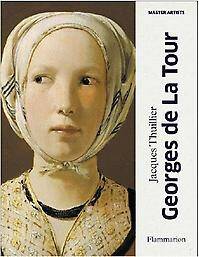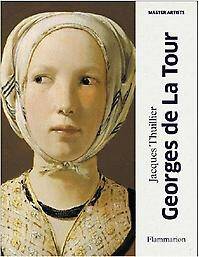
- Afhalen na 1 uur in een winkel met voorraad
- Gratis thuislevering in België vanaf € 30
- Ruim aanbod met 7 miljoen producten
- Afhalen na 1 uur in een winkel met voorraad
- Gratis thuislevering in België vanaf € 30
- Ruim aanbod met 7 miljoen producten
Zoeken
Omschrijving
A compact edition of a major monograph, that offers insights into the life and work of the seventeenth-century master Georges de La Tour. Georges de La Tour ranks with Vermeer and the Le Nain brothers among those seventeenth-century painters whose unmistakable talent is matched only by the aura of mystery that surrounds the artists themselves. Forgotten for years and rediscovered at the beginning of the twentieth century, this artist is now recognized as one of the greatest French painters of the seventeenth century. Jaques Thuilliers groundbreaking monograph, first published in 1993, places La Tours oeuvre in the specific context of the Lorraine region where he lived and worked, but also repositions La Tour alongside the greatest European masters. Using original correspondence, archival documents, and image x-rays, Thuillier carefully constructs a picture of the artists life and practices. Under the influence of Caravaggio, La Tour created a highly personal form of realism that displays a rare poetic beauty. The attention to detail in the artists paintings, from the dirt under a saints fingernails to the wavering flame of a girls candle or a young mans side-long glance, is highlighted in full page close-ups, while the works are put into context by color reproductions of etchings and paintings that influenced, and were influenced by, La Tour.
Specificaties
Betrokkenen
- Auteur(s):
- Uitgeverij:
Inhoud
- Aantal bladzijden:
- 320
- Taal:
- Engels
- Reeks:
Eigenschappen
- Productcode (EAN):
- 9782080201454
- Verschijningsdatum:
- 4/02/2013
- Uitvoering:
- Hardcover
- Afmetingen:
- 195 mm x 255 mm
- Gewicht:
- 1450 g

Alleen bij Standaard Boekhandel
+ 70 punten op je klantenkaart van Standaard Boekhandel
Beoordelingen
We publiceren alleen reviews die voldoen aan de voorwaarden voor reviews. Bekijk onze voorwaarden voor reviews.











